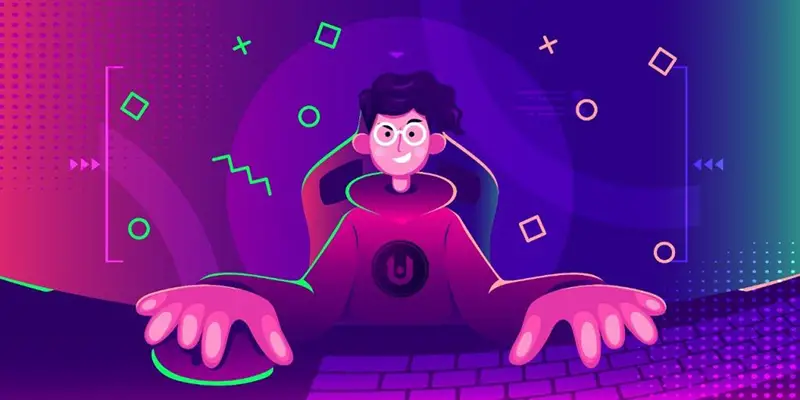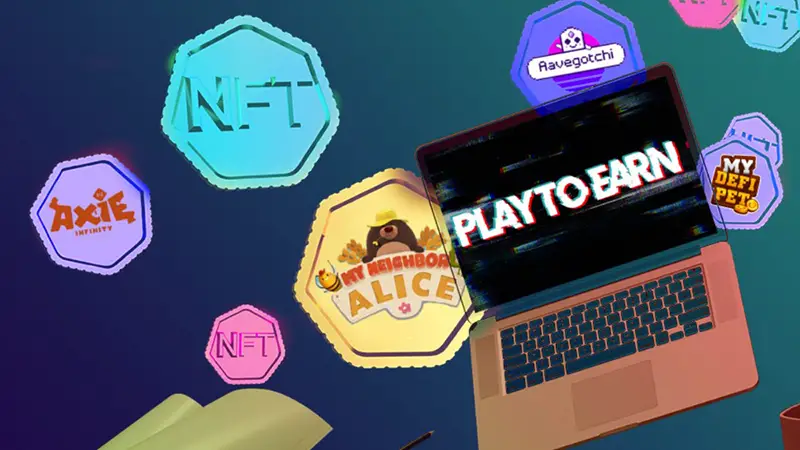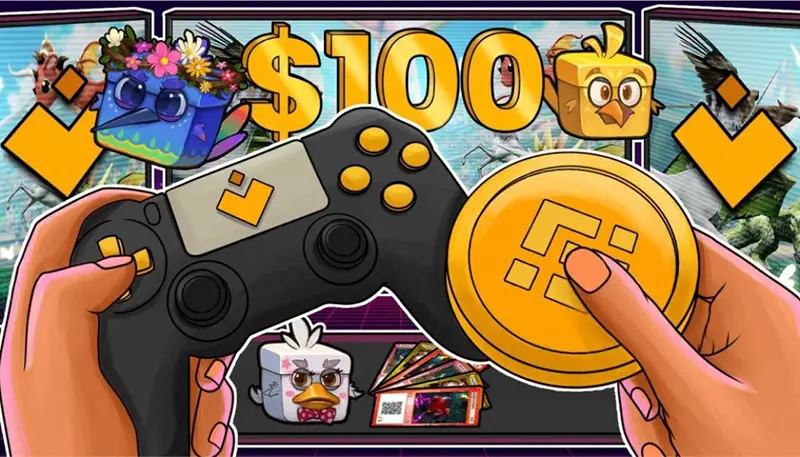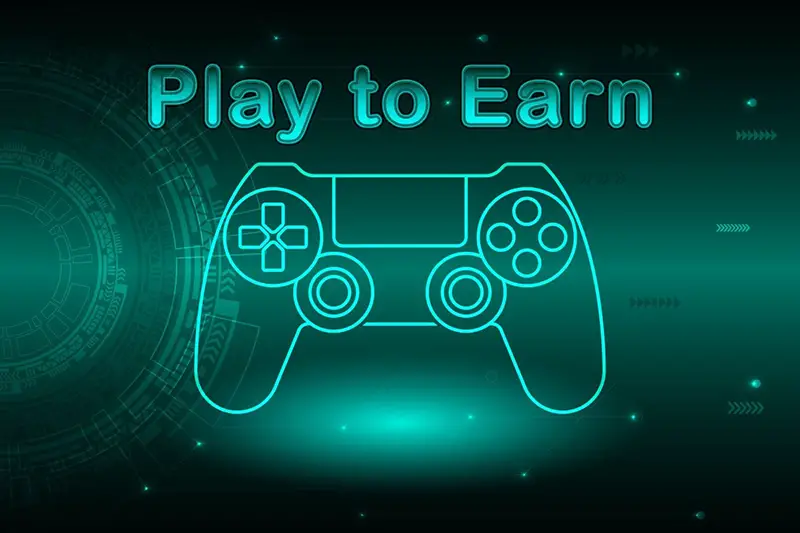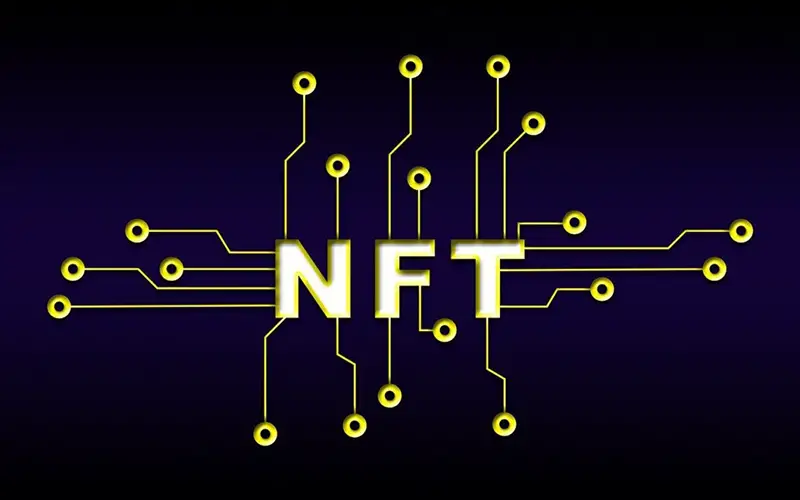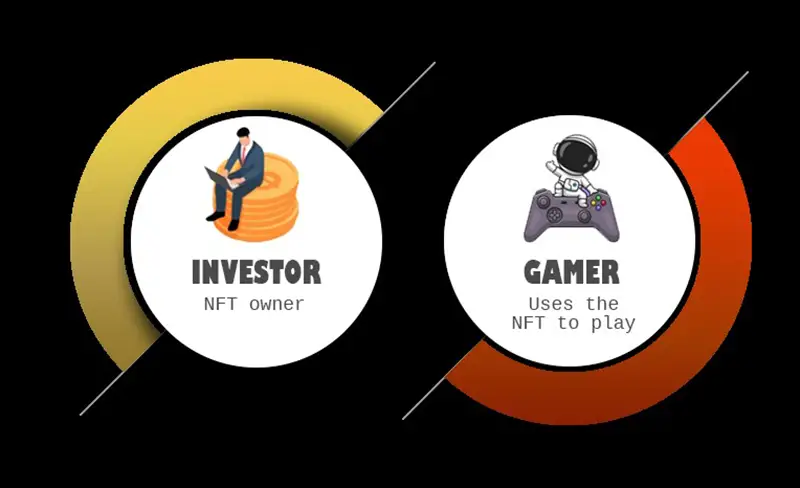Click here to get this post in PDF
Play-to-earn gaming allows players to earn awards and in-game currencies that can be exchanged for real money through in-game micro-transactions.
Videogame economies use assets and currencies for microtransactions. Microtransactions have many proponents. They’ve changed gaming, though.
In the future years, the gaming business will shift dramatically. Developers are researching ways for gamers to make money, rather than publishers. Play-to-earn gaming is an enticing notion, but one must alter their expectations.
Play-to-earn gaming
Play-to-earn (P2E) gaming is a new trend. Players can farm and sell in-game assets. Blockchain and non-fungible tokens (NFT) enable user-to-user interactions and actual ownership of in-game assets. Any object can be sold for cryptocurrency, which is convertible to cash.
In some areas, blockchain gaming may be profitable. P2E players have made more from a game than by working all month. There are money-making options for most people, though not everywhere. Players must buy one NFT to play and earn enough to recoup their investment. Not all games allow that unless you play all day.
Play-to-earn games are popular. MMORPGs, shooters, action, combat, racing, and more are available. Even mainstream publishers are interested in non-fungible game tokens. This notion encourages gamers to collect everything they can or make money while playing. Check out Chainplay to find out which leading crypto NFT games are most played and where players can make the most money.
Play-to-earn games will blur the real and virtual worlds. Many games want a Metaverse and Web3 presence. It’s a good concept to let everyone globally earn NFTs. NFTs gain new use cases in the crypto business, including staking choices (for more rewards) and lending/borrowing collateral.
P2E games’ benefits
Play-to-earn game developers can benefit from this approach as it encourages gamers to play. The promise of cashing in rewards is alluring. These games do not promise to make everyone rich, but they can be enjoyable and rewarding.
These games enabled tailored ads. Developers must make money from games, and blockchain allows for sponsored tournaments instead of traditional ads. Suppose the game has NFT land places. The developer can earn a commission from resales or other financial activities on these plots.
P2E offers a fun market for gamers. Earning prizes fosters a bigger and more diverse game ecology. Some P2E games will be browser-based or mobile, while others will require a PC or console. They will offer a mechanism to convert NFTs to actual money.
P2E games aren’t always free-to-play. Most games require an NFT to unlock new features. Buying that NFT can be cheap or expensive, thus research is essential to determine long-term viability.
Play-to-earn gaming: future for players and business owners
P2E gaming’s long-term success is uncertain. The current concept is new and has made many individuals money. Over 1,300 play-to-earn games exist on blockchains, with dozens debuting monthly. Retaining users will be a struggle, as players may switch games in a flash.
Game makers require a long-term vision to counter this. They must balance financial prospects and fun while gaming. First-generation P2E games focused money over having fun, which led to short-term momentum but player retention issues months later. New games must be profitable for both short-term and long-term participants.
Developers agree, thankfully.
Battle Drones will have a short- and long-term plan on the Solana blockchain. Battle Drones: Red Rock Resistance is a 3D isometric PC shooter. In round-based PvE mode “Onslaught,” players gain drone components and tokens. Leaderboards will award top players. Over time, developers will introduce new game types, including Co-op and PvP.
The company wants to produce a PC and console third-person PvP battle royale shooter. Players will control a drone on all three axes, bringing a new shooter genre. Another game option under consideration features drone racing for non-FPS fans. Players can personalize their 3D Battle Drone NFT in all game modes and acquire extra customizations in the Drone Bones Store. A tower defense mode where players defend in-game constructions from hordes of foes is also planned.
Simple economies and NFT utility are key
In-game NFTs can be used for a character or sold on the market. NFTs need usability and utility to be sustained. Battle Drones NFTs include in-game avatars, perks, play-to-earn, staking, and loans. The game will offer numerous gaming experiences and long-term revenue alternatives.
First-generation P2E games have pleasant but stale gameplay. There’s little or no player engagement, and PvE rarely changes. Battle Drones creates novel gameplay scenarios using real-time multiplayer. It allows numerous play styles and new ways to outsmart opponents. Pay-to-win worries are eliminated.
New games focus on one or two in-game currencies, which is another perk. Previous games featured up to six currencies, which confused players and created entrance obstacles. Always check blockchain games’ currency. If there are more than two, the system may be overly complicated. Battle Drones’ dual-currency method offers more sustainable token value.
NFTs and cryptocurrencies in P2E gaming
NFTs are crucial to P2E. Non-Fungible means the token has an immutable digital identifier that can’t be duplicated, swapped, or subdivided.
The blockchain verifies ownership and validity. P2E games with NFTs reward players with nonmonetary loot they can acquire or sell.
They allow for unique gaming experiences like training the lone creature of its kind or wielding a sword with no equal.
With cryptocurrencies, games can pay you for your play. The digital tokens and assets issued for game actions are commonly based on or exchangeable for Ether.
This lets you exchange your winnings for real-world cash or things.
Examples of Earn-to-play games
MMORPGs and real-time strategy games are examples of play-to-earn games (RTS). The gameplay and rewards vary from game to game.
In each P2E game, you can use your gaming skills to gain. I’ll describe a couple below, but there are hundreds or thousands available or being developed. Any game you commit time and money in should be thoroughly researched.
Sandbox
In the Sandbox, players can play, build, own, and monetize virtual experiences. It may be the closest you can come to Ready Player One right now.
ZedRun
ZED is a blockchain-based horse racing play-to-earn game. Create a legacy by breeding racehorses to win. Zedrun can produce, race, and trade horses.
Illuvium
Illuvium is an Ethereum-based NFT collector and auto battler. Players earn $Ilv and NFTs in the open-world RPG. One of the larger P2E games, Illuvium, aims to bridge play-to-earn and AAA games.
AxieInfinity
Axie Infinity is a trading and battling game where users can breed, raise, battle, and exchange NFT Axies. To start earning in the Axie cosmos, new players must buy three Axies.
Space battles
Galaxy Fight Club, dubbed the Smash Brothers of the blockchain, plays like Brawl Stars. PvP fighting game where owners of distinct NFT collections can gain in battles. Players can win $Gcoin or NFTs.
Townstar
Farmville’s creators created the competitive farming game Town Star. Each week, the top players on the leaderboard win prizes, and each day, players can accomplish challenges to unlock and gain TownCoin play. It’s like Facebook games of old.
CryptoFights
CryptoFights M.E.T.A. (Most Effective Tactics Available) include your fighter’s skill path, the skills you bring into battle, and the equipment you choose. CryptoFights has counters to everything, therefore you’ll require sophisticated strategy, critical thinking, and real-time probability weighing.
Future games may not be played the way we do now. With real income and in-game assets, gaming is getting more serious, and so are the NFT gamers.
You may also like: Thinking of Investing in NFT? Check Out These 7 Tips Before Buying NFT
